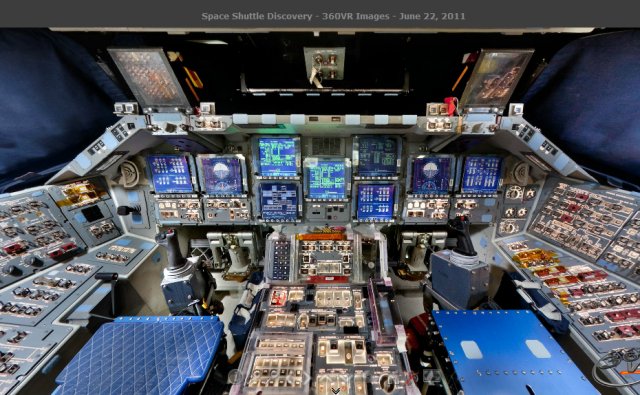Brid-Aine Parnell updates the status of the SpaceX Dragon re-supply flight to the International Space Station at the end of the month:
The cargoship test flight, assuming it goes off without a hitch, will mark the first time a commercially made spacecraft has ever blasted off to visit the ISS.
NASA and SpaceX officials met yesterday in Houston for the Flight Readiness Review, a typical part of pre-launch prep at the agency, and confirmed that the Dragon and its SpaceX Falcon 9 rocket were on track for the end of this month.
“Everything looks good heading to the April 30 launch date,” said Bill Gerstenmaier, NASA’s associate administrator for Human Exploration and Operations, in a canned statement.
The Dragon is due to blast off from Cape Canaveral at 12.22 EDT (16.22 GMT) carrying 1,200 pounds of cargo.
Because this is a test flight, the cargo isn’t critical stuff for the astronauts, but NASA and SpaceX are still hoping to see the ship fly close enough to the station for its robotic arm to grab it and berth it, which is the tricky bit.

 Controllers say the eight-tonne spacecraft appears to be in a stable condition, but they are not receiving any data at all from it.
Controllers say the eight-tonne spacecraft appears to be in a stable condition, but they are not receiving any data at all from it. The agency had not responded to a request for comment at the time of publication, and has not yet announced the appointment publicly.
The agency had not responded to a request for comment at the time of publication, and has not yet announced the appointment publicly.



